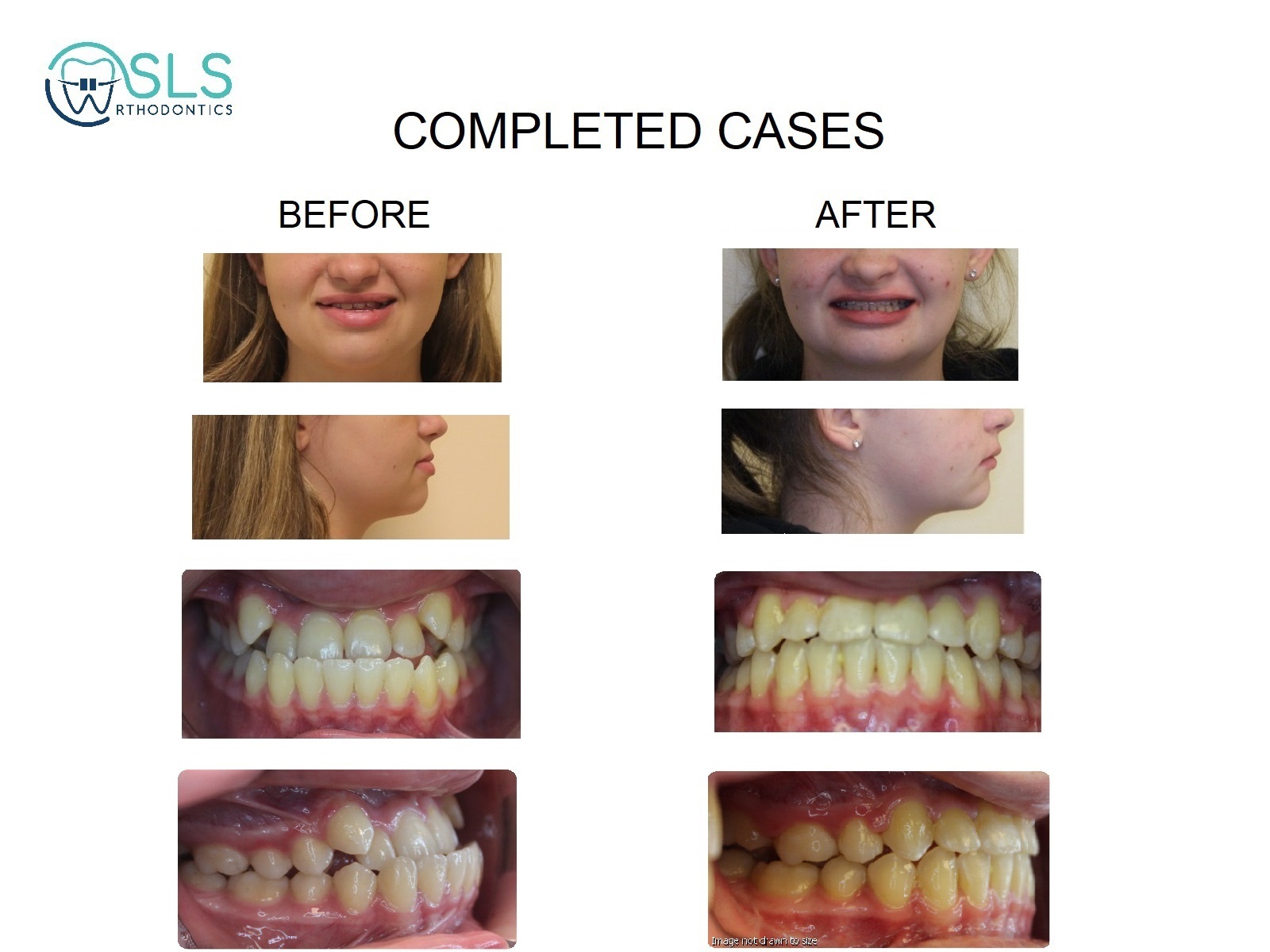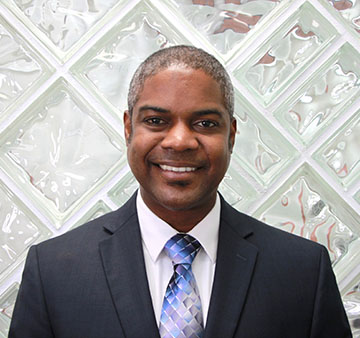Start The Journey Towards Beautiful Smiles for Life
There's a reason why orthodontic treatment is portrayed as a high school rite of passage. It's because the teenage years are actually an excellent time to straighten the teeth and pave the way for a lifetime of (perfect) smiles.
The teen years (between the ages of 12 and 16) are the most common time for orthodontic treatment because most permanent teeth are in place. Luckily, some new solutions work to make the treatment process with SLS Orthodontics much easier than ever before.
All About Teen Orthodontics
This is a great age range for experienced orthodontists like Dr. Smith to easily recognize spacing issues, crowding, and bite and alignment problems. By age 12, most, if not all, of the permanent teeth have erupted. This allows the orthodontist to easily determine the degree of a patient's issues whether it's crooked teeth, a misaligned bite or spacing.
It would be awesome if teeth just corrected themselves but, unfortunately, that hardly ever happens. That's why it's at this stage it usually becomes necessary for mom or dad to seek orthodontic treatment for their child if they haven't already.
Some teens may have even started Phase I treatment at an earlier age and are now following it up with full braces or other orthodontic treatment.
Choose Your Look
While creating a customized treatment plan for your teen, Dr. Smith might recommend an orthodontic appliance.
We know teens have a lot on their plate from academics and sports to friendships and social lives. The last thing we want them to worry about is the state of their teeth! We offer treatment options that work on a wide range of cases and suit each patient's individual needs and lifestyle. Traditional metal braces, clear braces, inbrace and Invisalign are all effective ways to help them get the stellar smile they desire.
Here at SLS Orthodontics, we offer:
Metal Braces
Braces have come a very long way, even within the past decade. When many people think of braces, they think of extremely bulky metal brackets.
The good news is that we don't use this type of bulky orthodontic appliance! Many of the new braces we offer are lighter and more comfortable than ever.
Ceramic Braces
Also known as clear braces, these work the same way metal braces do but feature brackets made of tooth-colored ceramic materials.
They blend in with your teen's smile, so they're much less obvious. Since ceramic braces may break slightly easier, and are a little more expensive than metal braces, our doctors may not recommend them for everyone.
Lingual Braces
Lingual braces provide a more discreet way to straighten your smile. Since the brackets are placed on the backs of your teeth, no one will ever see them! This makes them an excellent option for our more image-conscious patients.
If you've been hesitant about orthodontic treatment because you don't want your smile to stand out, this could be just the option you're looking for.
Invisalign® / SLS Clear Aligners
The Invisalign system is made up of a series of fully customized, clear trays called aligners. These aligners are nearly invisible and totally removable.
Made of soft plastic, the aligners provide a more comfortable orthodontic experience, with no friction or abrasions inside your teen's mouth.
Each week your teen will switch their aligner for the next in the set. When your teen wears the aligners for the 20-22 hours per day recommended by Dr. Smith, their teeth will gradually move into the desired positions.
Invisalign works best for mild to moderate orthodontic cases, and may not be an option if your teen needs more severe correction.
Benefits of a Straight Smile
Straight teeth that respond well to orthodontic treatment have many benefits, including:
- Less prone to wear and tear, chipping, and tooth trauma
- Easier to keep clean, helping to prevent tooth decay and cavities
- Improving proper chewing and digestion of food
- Reducing the chances of developing gum disease, which can result in bone loss, decay, and tooth loss
FAQs About Teen Orthodontics
Watch for Orthodontic Issues
Beyond outward appearances, untreated dental problems can have a lasting impact on your teen's oral and overall health.
If you notice any of the following issues, we recommend a complimentary consultation with Dr. Smith at SLS Orthodontics, since they could be signs your teen may benefit from orthodontic treatment.
- Early, late, or irregular loss of their baby teeth
- Jaws and teeth that are out of proportion to the rest of the face
- Difficulty with chewing or biting
- Protruding teeth
- Frequent biting of the cheek or the inside of the mouth
- Teeth that meet abnormally or not at all
- Crowding or extra spacing between teeth
- Jaws that shift or make sounds
Bad Bites
Diagnosing and successfully treating certain bite problems can have short-term and long-term benefits. Problems classified as “bad bites” can often be minimized with the proper orthodontic treatment, including:
- Missing or extra teeth
- Crooked or crowded teeth
- Incorrect jaw position
- An overbite or underbite
- A disorder of the jaw joint

A Premier Orthodontic Practice Proudly
Serving Coral Springs






